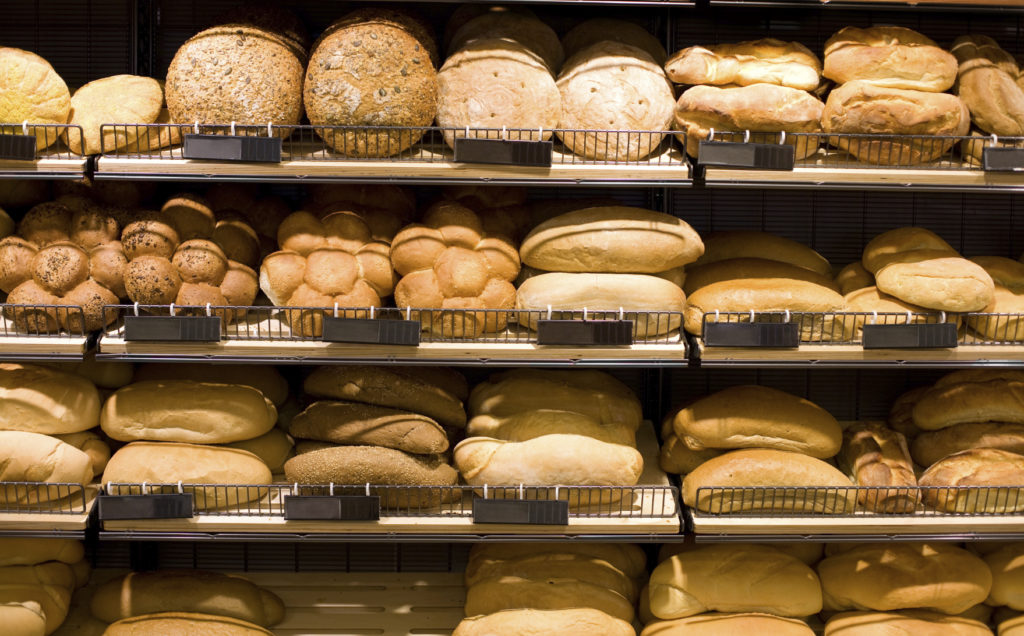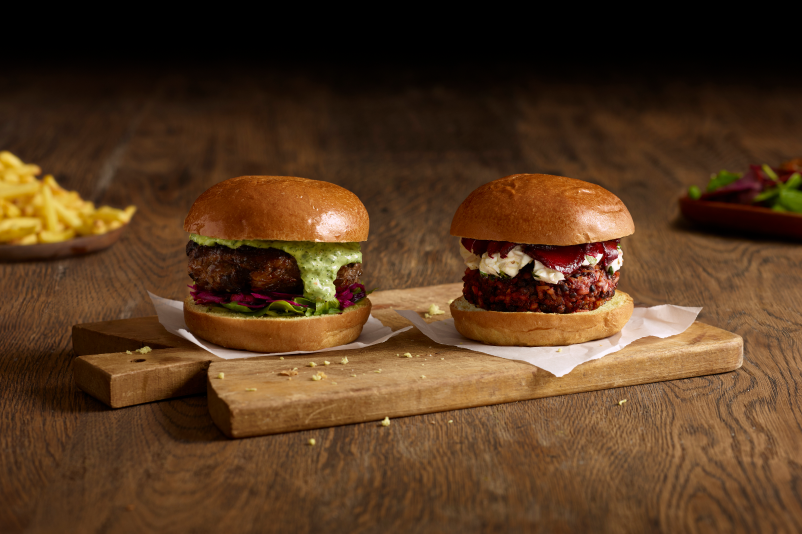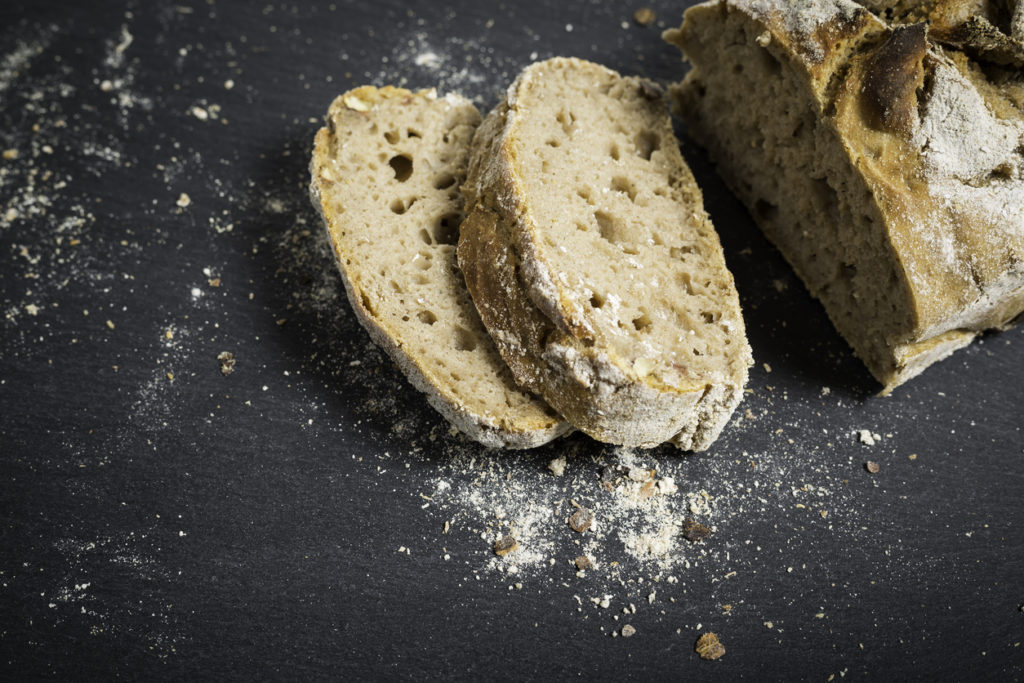- Uncategorised
How white sliced British bread took over the world

You’ll find white sliced loaves in every supermarket from Lands End to John of Groats. But you’ll also find it in far flung places like South America, Australia, South Africa, Turkey and right across Europe. It’s ‘long life’, it’s wrapped in plastic, it was invented in Chorleywood about half a century ago and lovers of good food feel it’s an innovation to be thoroughly ashamed of. But these days, whether we like it or not, more than 8 out of 10 of all loaves sold in Britain are made the Chorleywood way.
What is Chorleywood bread?
Fifty years ago the eggheads at Chorleywood Flour Milling and Bakery Research Association labs had the best of intentions in mind when they discovered a revolutionary new way of making bread: 40% softer, a lot cheaper, totally uniform and with a much longer shelf life. At the time it was an innovation. Now we know better. While British sliced white is the cheapest in the world, it’s also the nastiest.
Sliced white is packed with nasties
Chorleywood’s scientists realised that adding hard fats, extra yeast, various emulsifiers, oxodisers and enzymes plus high speed mixing meant the new type of dough was ready to bake in record time while proper sourdough, for example, can take as long as 70 hours to make. Better still, it meant low protein British wheat could be used in the process. But the discovery eventually put thousands of small traditional bakers out of business, British bread changed forever and we eventually exported the recipe, spreading it across the planet.
Because Chorleywood method bread isn’t allowed to prove and rise properly, it never develops that delicious real bread taste. Instead you get cotton wool: soggy, flabby, tasteless and full of unneccessary additives. It’s bread baked for economic reasons, for mass market profit, with no consideration for goodness or flavour.
Lovers of real bread rebel against the fluffy stuff
Nowadays people are much more discerning. The trend for proper bread is growing by the day and the artisan bread movement is gaining power, winning friends and infuencing people.
How can you avoid Chorleywood bread? It can be tricky. It’s easy enough to avoid ordinary sliced loaves. But because even the nice-looking crusty loaves you see in supermarkets, which look natural and traditional, are probably made using the Chorleywood method, identifying the real deal can be a challenge.
A vast international market
The process is used in more than 30 countries, the most recent new adopters being Colombia and Ecuador. Britain’s white bread market alone is worth around a billion pounds a year, much of which is spent on Chorleywood bread. It’s still remarkably cheap. It goes off very slowly because it’s so stuffed with unneccessary additives. It can transform poor quality, low protein British wheat into bearable bread, which keeps a great many UK farmers happy. But, interestingly, about 680,000 tonnes of British bread is thrown in the bin every year, a hint that the public might be less than delighted with their daily loaf.
Does Britain deserve better? Yes, we do!
We think the nation deserves better, as do the people in every country that’s adopted the method over the past five decades. But the only way to break Chroelwood’s strangehold on the bread market is for consumers to vote with their feet, which they’re starting to do in droves.
It’ll be interesting to see what happens when we reach the tipping point. Watch this space, and in the meantime give our beautiful wholesale artisan breads a whirl.



